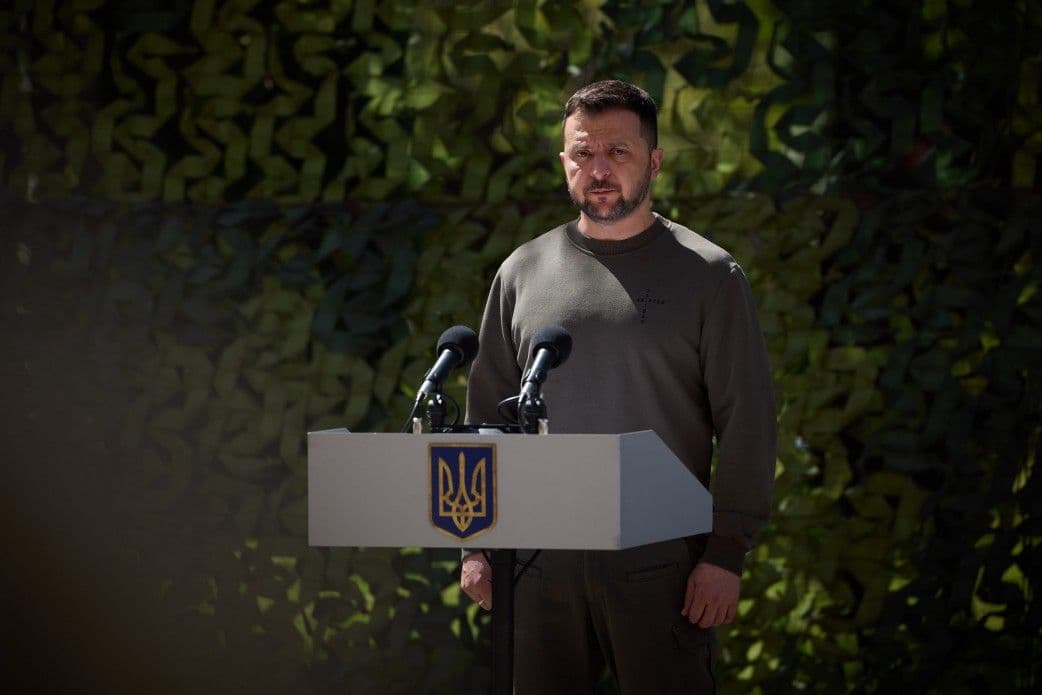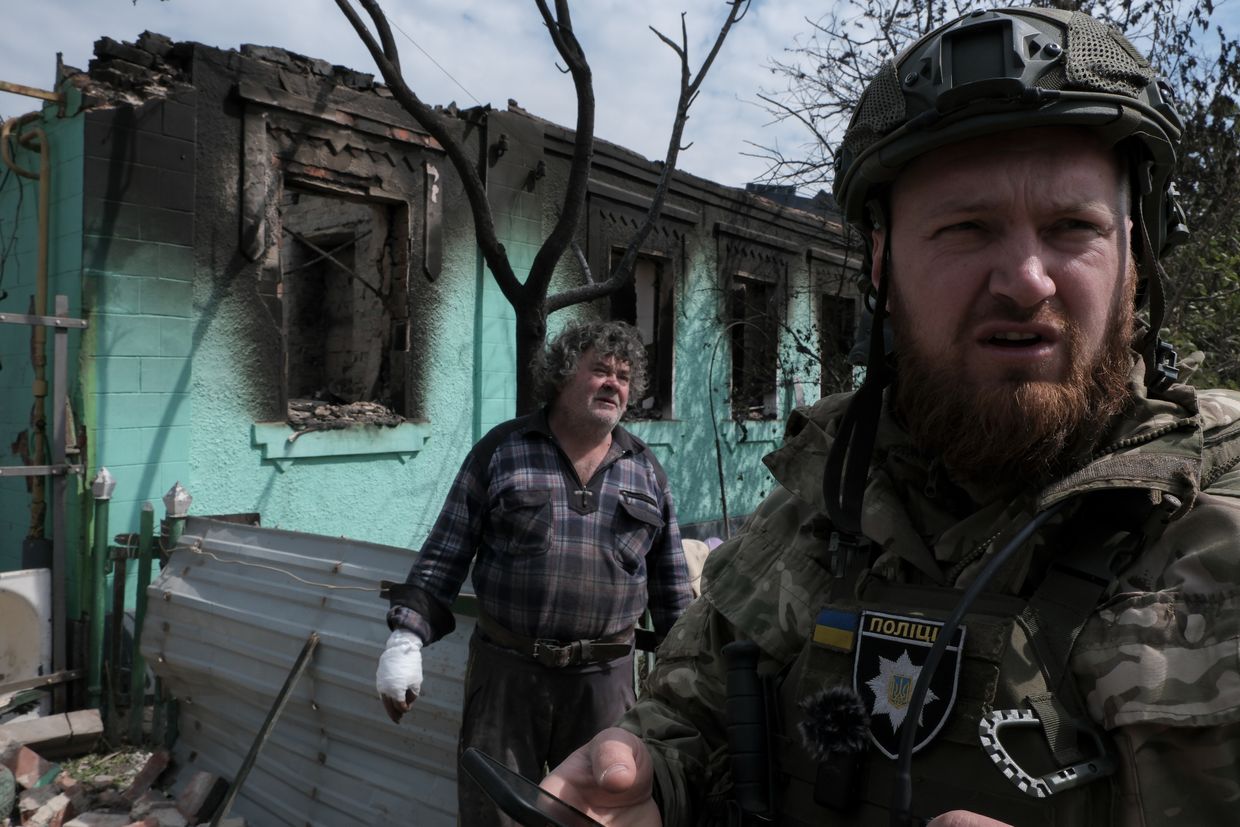Zelensky: Russia's Kharkiv Oblast offensive advances as far as 10 km, halted by 1st defense line

Russian troops were able to advance as far as 10 kilometers (6 miles) deep during their offensive in Kharkiv Oblast, but the front in the region has been stabilized, President Volodymyr Zelensky told journalists on May 16.
Moscow launched a new offensive with 30,000 troops on May 10, targeting Kharkiv Oblast, which is situated at the border with Russia in northeastern Ukraine.
Russian troops have focused their efforts in the directions of Lyptsi and Vovchansk, two settlements a few kilometers south of the border.
Moscow's forces were halted by Ukraine's first line of defense, Zelensky said. They did not reach concrete fortifications, he added.
"The first and second lines are being built by the military, and the third line is built by local authorities. It is the most powerful... simply because it is further from (Russian) weapons, from shelling," Zelensky said.
"The deepest point of their advance is 10 kilometers. In some areas, there was no advance."

Russia sees the town of Vovchansk in Kharkiv Oblast as the target, according to the president.
Ukrainian soldiers are mopping up the streets on the northern outskirts of the town, preventing Russian troops from gaining a foothold, the General Staff reported on May 17.
"In addition to wanting a zone of 10 kilometers, they (Russia) want to keep building on their success if they achieve it. But the main thing today is that our defense forces have stabilized the situation," Zelensky said.
Ukraine has reinforced several sectors with battalions that could be taken "somewhere from the reserve" and from other sectors, the president told journalists.
Russian troops managed to cross the border partially because of Ukraine's lack of air defense systems, Zelensky said.
The president said earlier that Ukraine could prevent Russia from occupying the city of Kharkiv with two additional Patriot anti-air systems.












